This post may contain affiliate links which means I will get a commission if you make a purchase at no additional cost to you. As an Amazon Associate I earn from qualifying purchases. Please read my disclosure for details.
The food industry is built on convenience, efficiency, and profit—but not always transparency. While most consumers assume their food is safe and accurately labeled, there are many behind-the-scenes practices that may surprise—or even disturb—you.
From misleading labels to hidden additives, food companies use various tricks to maximize profits while keeping consumers in the dark. Here are 14 food industry secrets that might make you rethink your grocery choices.
1. Many “Natural Flavors” Are Anything but Natural
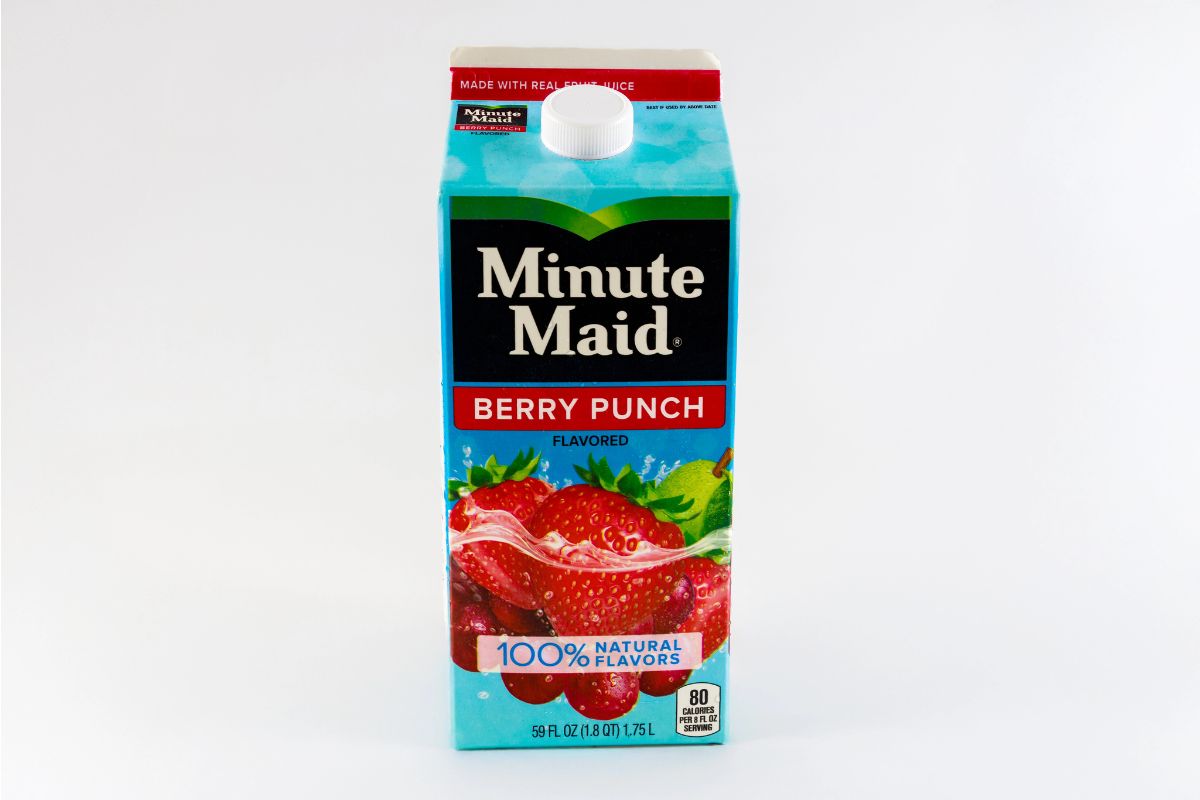
WANT TO SAVE THIS RECIPE?
The term “natural flavors” sounds wholesome, but it’s often a vague catch-all for lab-engineered ingredients. The FDA allows food manufacturers to use the term as long as the flavoring originates from a natural source—but that doesn’t mean it’s unprocessed or free of additives. These “flavors” can be heavily modified with solvents and preservatives, making them more artificial than they appear on the label.
2. Shrinkflation Is Quietly Making Your Groceries Smaller

Have you noticed that packages of snacks, cereals, or even coffee seem smaller while prices stay the same? That’s not your imagination—it’s a tactic called shrinkflation. Food companies quietly reduce product sizes to offset rising costs without increasing prices, making consumers feel like they’re still getting the same value. This hidden price hike often goes unnoticed, tricking shoppers into paying more for less.
3. Meat Is Often Pumped with Water and Additives
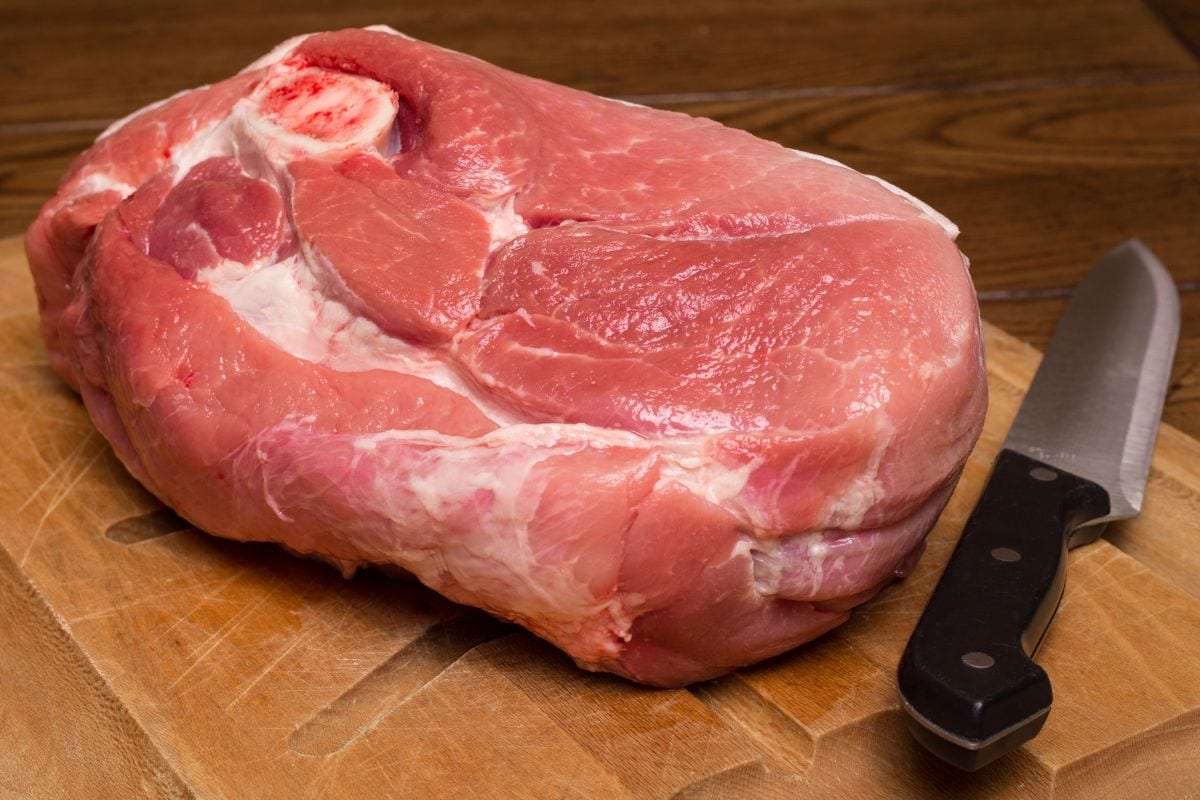
Many packaged meats, including chicken and pork, contain added water, sodium, and preservatives to enhance weight, texture, and shelf life. This means you’re not just paying for meat—you’re also paying for extra water weight. Labels that say “enhanced” or “contains up to X% retained water” indicate that the product has been injected with these additives, reducing the amount of actual meat you’re getting.
4. “Cage-Free” and “Free-Range” Labels Aren’t as Humane as They Seem

Many consumers pay extra for eggs and poultry labeled “cage-free” or “free-range,” assuming they come from ethically raised animals. However, these terms don’t always mean what they suggest.
“Cage-free” hens may still be packed into crowded barns, and “free-range” chickens might only have access to a tiny outdoor area for a limited time each day. True humane farming is far less common than marketing suggests.
Related Post: 13 Worst Grocery Store Tricks Designed to Mislead Store Shoppers
5. “Freshly Baked” Bread in Grocery Stores Often Comes Frozen

That warm, crusty bread you smell in the grocery store bakery? It was likely frozen and reheated rather than made from scratch. Many supermarket bakeries receive pre-made frozen dough or par-baked loaves that are simply finished in-store. While they may still taste great, they lack the craftsmanship and ingredient quality of a true artisan bakery.
Sign up now to receive our exclusive e-cookbook filled with top-rated recipes for FREE!
6. Many “Healthy” Foods Are Packed with Hidden Sugars
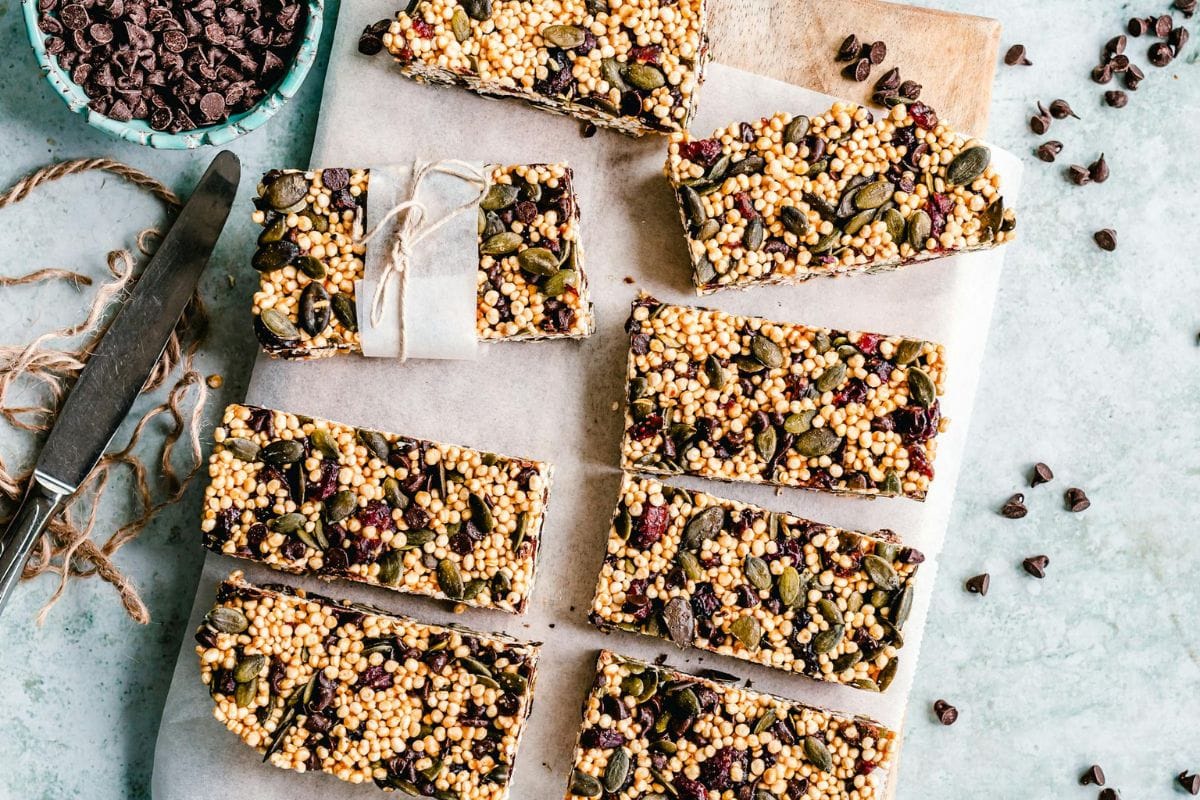
Even foods marketed as healthy—like yogurt, granola bars, and fruit juices—often contain just as much sugar as candy bars. Sugar is frequently disguised under names like “evaporated cane juice,” “fruit concentrate,” or “malt syrup.”
Even “sugar-free” products may contain artificial sweeteners that can impact metabolism and gut health. Always check nutrition labels to see how much sugar is really in your food.
Related Post: 15 Quick Meals That Pack Bold Flavor in No Time
7. Cheese May Contain Wood Pulp
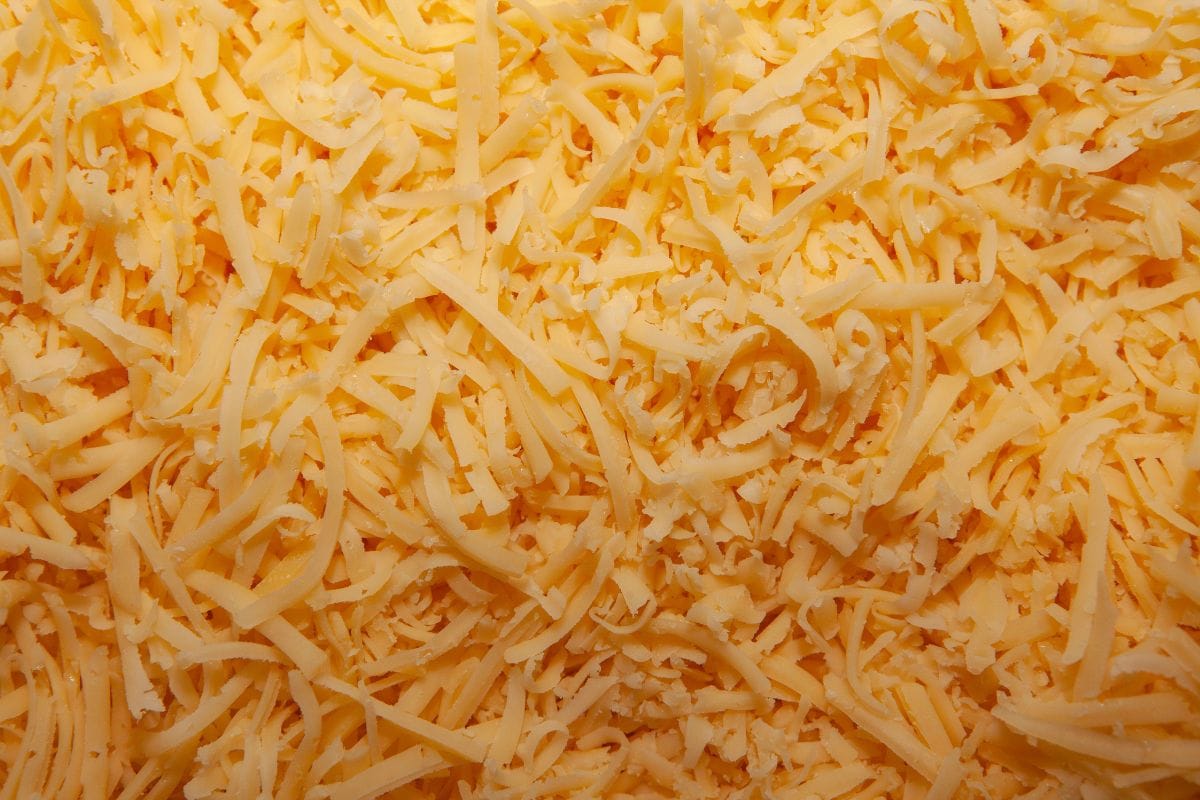
Many pre-shredded cheeses contain cellulose, an anti-caking agent derived from wood pulp, to keep cheese from clumping together. While cellulose is considered safe to eat, it also means you’re getting less actual cheese per serving. Buying cheese in blocks and grating it yourself ensures a purer product without unnecessary fillers—and often tastes better, too.
Related Post: 15 Common Food Myths You’ve Been Believing for Years
8. Expiration Dates Are Largely Arbitrary

Many people throw out food based on “sell by” or “best by” dates, but these dates are not federally regulated (except for baby formula). In most cases, they are manufacturer suggestions for peak freshness, not safety.
Many foods—especially dry goods, canned foods, and dairy products—are perfectly fine to eat past their listed date. Learning to identify spoilage signs rather than blindly following dates can save money and prevent food waste.
Related Post: 10 Food Expiration Dates You Should Never Ignore
9. Restaurant Menus Use Psychological Tricks to Make You Spend More

The way menus are designed isn’t random—restaurants use psychological tricks like placing high-profit items at the top or in boxes to draw your attention.
They also use descriptive language (like “hand-crafted,” “locally sourced,” or “farm fresh”) to justify higher prices. Even the absence of dollar signs can make you spend more. Next time you dine out, pay attention to how menu design influences your choices.
Related Post: 12 Kitchen Habits That Are Making Your Food Spoil Faster
10. Decaf Coffee Often Contains Chemical Residues

Most decaffeinated coffee is processed using chemical solvents like methylene chloride or ethyl acetate to remove caffeine. While the levels of these chemicals are low, they remain in the final product. If you want to avoid chemical decaffeination, look for coffee that uses the Swiss Water Process, which removes caffeine naturally using water filtration.
Sign up now to receive our exclusive e-cookbook filled with top-rated recipes for FREE!
11. Farmed Salmon Is Often Dyed to Look More Appealing

Wild salmon gets its pink color from a natural diet of krill and shrimp, but farmed salmon has a dull gray flesh. To make it look more appealing, farmers add synthetic astaxanthin, a coloring agent, to the fish’s feed. While this practice is generally safe, it’s an example of how the food industry alters natural products to meet consumer expectations.
Related Post: 11 Expensive Grocery Items That Are Cheaper in a Different Aisle
12. Many “Pure” Olive Oils Are Blended with Cheaper Oils

Not all olive oils are what they claim to be. Some “extra virgin” olive oils are diluted with cheaper vegetable oils like soybean or sunflower oil, reducing their health benefits and flavor.
Since olive oil fraud is widespread, it’s best to look for third-party certifications or choose oils from trusted sources to ensure you’re getting the real thing.
Related Post: 13 Everyday Products That Are Less Durable Than They Used to Be
13. “Honey” May Contain More Than Just Honey

Many store-bought honey products contain corn syrup or other sweeteners mixed in—especially cheaper brands. Some honey is even ultra-filtered to remove pollen, making it nearly impossible to trace its origin. If you want pure honey, buy from local beekeepers or look for raw, unfiltered varieties with minimal processing.
Related Post: 12 Packaged Food Ripoffs That Have Quietly Gotten Worse
14. Fast Food Grill Marks Are Often Fake
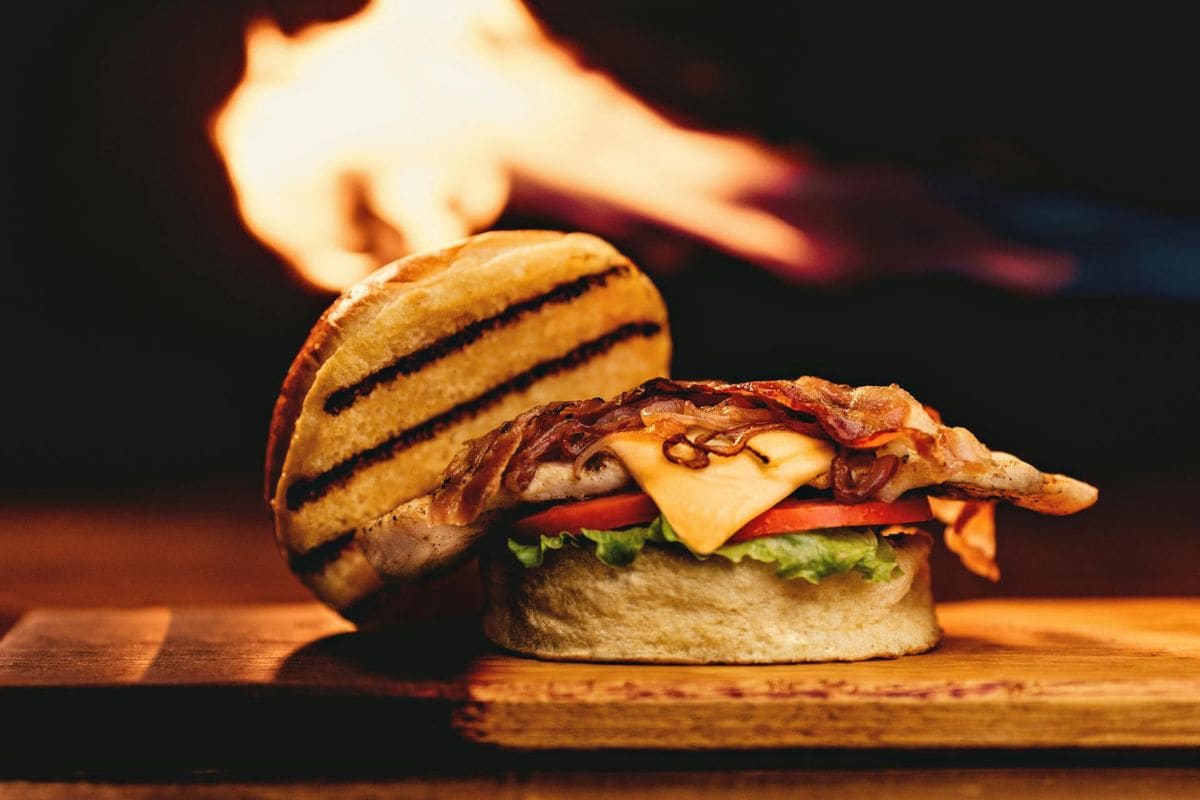
Those charred grill marks on your fast food burgers or chicken? They’re usually not from a real grill. Many fast food chains use pre-cooked, factory-made patties that have artificial grill marks applied during processing. This gives the illusion of a freshly grilled product when, in reality, it was likely cooked in an industrial oven or fryer.
Related Post: 15 Sneaky Corporate Tricks That Make You Spend More Without Realizing
Final Thoughts: Be an Informed Shopper

The food industry is full of hidden secrets that can affect your health, budget, and overall trust in what you’re eating. While some of these practices are harmless, others can be misleading or even deceptive.
The best way to protect yourself is to read labels carefully, research brands, and opt for whole, minimally processed foods whenever possible. By being an informed shopper, you can make better choices and avoid falling for industry tricks.
Disclaimer: This list is solely the author’s opinion based on research and publicly available information.
12 Budget-Friendly Recipes That Stretch Your Grocery Dollar

When it comes to saving money without sacrificing flavor, the key is finding recipes that maximize simple, affordable ingredients. Packed with bold flavors and clever cooking techniques, each dish stretches your dollar while satisfying your taste buds.
Read it here: 12 Budget-Friendly Recipes That Stretch Your Grocery Dollar
12 One-Pot Meals Perfect for Busy Retirees

Retirement brings the joy of time and freedom, but it also brings the challenge of keeping meals easy, delicious, and not too time-consuming. Whether you’re cooking for yourself or sharing meals with family, these 12 one-pot meals will help keep the kitchen stress-free without compromising on flavor.
Read it here: 12 One-Pot Meals Perfect for Busy Retirees
Is Walmart+ Still Worth It in 2025? The Truth After 3 Years

Could you be missing out on major savings and life-changing convenience? After three years with Walmart+, I’m sharing the honest truth about what’s worth it—and what’s not. Don’t sign up (or skip out!) without reading this first!
Read it here: Is Walmart+ Worth It? Honest Review 3 Years Later!
